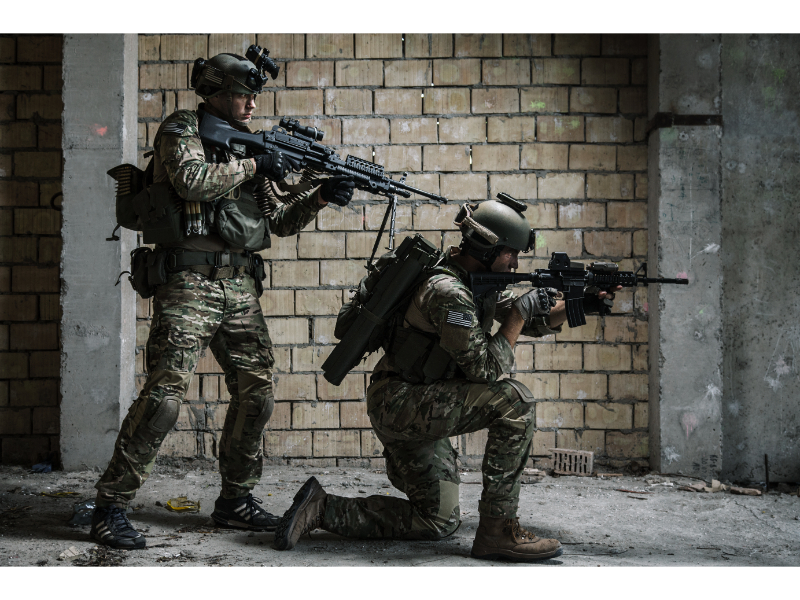Night vision devices are used by people in many lines of work, including law enforcement, military, and security. People who enjoy hunting also employ night vision goggles to remain as invisible as possible to their target animals. However, many users of night and thermal imaging equipment take for granted the development of night vision technology. Here is a brief history of night vision equipment.
Development and Early Use
The first generation of night vision systems came about in the late 1920s and early 1930s and coincided with the end of World War I and the beginning of World War II. More specifically, a physicist named Kálmán Tihanyi developed one of the first night vision systems for soldiers in the United Kingdom.
The earliest devices did not have the infrared light technology that many modern night vision devices have. Instead, they had to use the ambient light that already existed in the user’s location to help produce visible light and brighter surroundings for the user. Needless to say, this was not always ideal in low ambient light environments with not many sources of existing light.
One might compare this to black and white television versus the HD television of today.
These more elementary active devices were also large, which could be counterproductive to nighttime military operations where soldiers would prefer to be stealthy about their enhanced night sight.
World War II
During the Second World War, the military began to use technologies in different ways out of necessity. For example, United States forces employed a device called a sniperscope as a way to produce a much brighter image of their enemy targets. Other troops used a mounting system to attach night vision equipment to their light machine guns. Army night vision became a priority in locations that were not near a light source.
Vietnam War
In the years following the Second World War, people developing night vision technology made further improvements to image resolution and intensification. For instance, passive night vision devices with their longer wavelengths and superior infrared night vision came into the picture. A night vision device known as the small starlight scope played an essential role in Vietnam, mainly since forces dealt with dark terrain requiring light amplification.
Operation Desert Storm
By the early 1990s, image intensification equipment was much better than when forces used image intensifiers in the Second World War and Vietnam. As image intensification technology continues to improve, so does the safety of those who must possess night vision for their jobs or hobbies.
Key Moments and Interesting Facts
Night vision technologies are somewhat of a mystery for those unaware of how they work. Nonetheless, there are many interesting facts and moments that come from thermal imaging systems:
- Some countries, such as Iceland, as well as several U.S. states, forbid night vision devices while hunting
- While early devices could amplify the light on dark images by 1,000, night vision technologies today, thanks to improved resolution, can do so by over 50,000
- An improved image intensifier tube is what makes a device better at amplifying the moon’s light
- Panoramic night vision goggles, once used by the U.S. Air Force, increased the field of view of the wearer by a significant amount via image intensifier tubes
- A projected infrared light source is not visible to the naked eye, which is what makes it valuable in scenarios such as competing with enemy optical systems during conflict
Locating Night Vision Technology
If you need a night vision goggle and do not live someplace with night vision prohibition, turn to Steele Industries for friendly and knowledgeable service and a superior selection of IR illuminators and other equipment.


